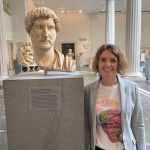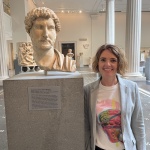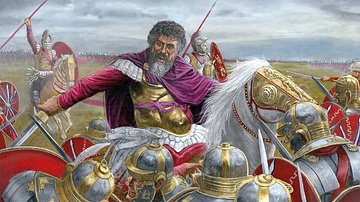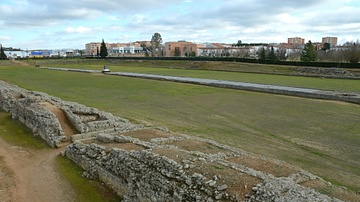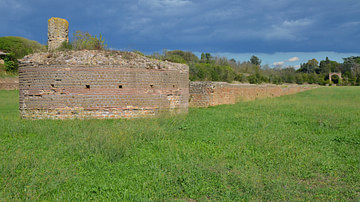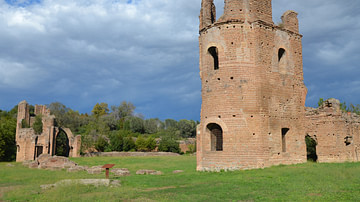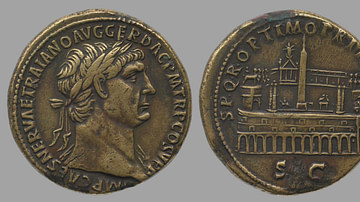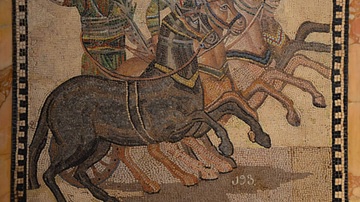Illustration
The restored Circus Mosaic from Lugdunum (modern Lyon, France), 2nd century CE. It vividly depicts a chariot race with eight chariots competing, two from each faction. The four teams, known by the colours worn by the charioteers (blue, green, red, and white), represent several successive moments of the race. The spina, the median strip around which the chariots turn, consists of two rectangular pools filled with water and lap markers with seven dolphins and seven eggs. When each lap had been run, a dolphin was tipped downward, and an egg lowered from its bar.
Lugdunum Museum, Lyon.
About the Author
Cite This Work
APA Style
Raddato, C. (2024, May 27). Circus Mosaic from Lugdunum. World History Encyclopedia. Retrieved from https://www.worldhistory.org/image/18985/circus-mosaic-from-lugdunum/
Chicago Style
Raddato, Carole. "Circus Mosaic from Lugdunum." World History Encyclopedia. Last modified May 27, 2024. https://www.worldhistory.org/image/18985/circus-mosaic-from-lugdunum/.
MLA Style
Raddato, Carole. "Circus Mosaic from Lugdunum." World History Encyclopedia. World History Encyclopedia, 27 May 2024, https://www.worldhistory.org/image/18985/circus-mosaic-from-lugdunum/. Web. 04 Jul 2025.
